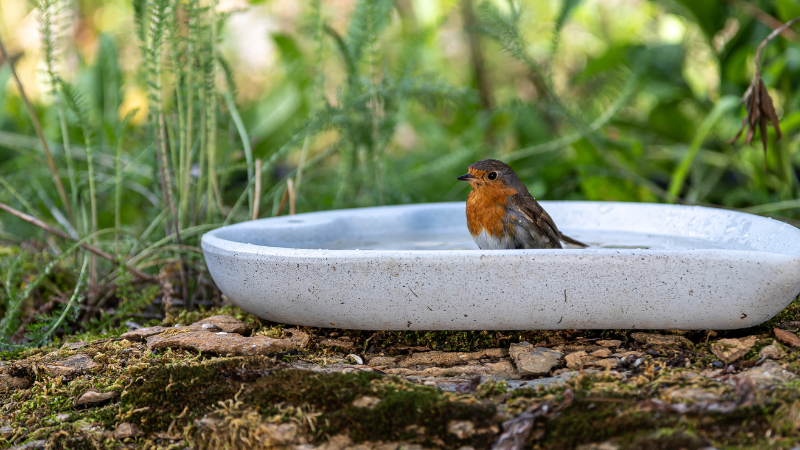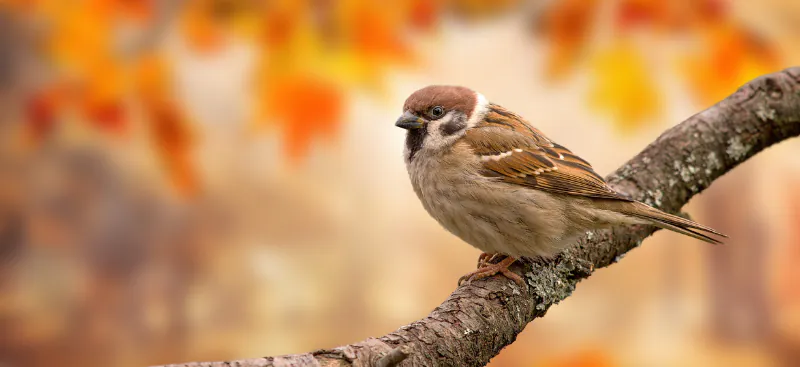How to Care for Birds in Autumn
The nights are drawing in, and the days are growing cold. As we retreat indoors, make sure you continue to venture out into your gardens to lend a helping hand to feathered friends. Witnessing a variety of wildlife relishing your outdoor haven is truly gratifying, and during these colder months, your local wild birds will especially value your assistance. However, just like with any creatures, understanding the correct kind of help to offer is crucial. In this guide, you'll acquire all the essential knowledge on how to support birds in autumn.
Should you feed birds in autumn?
It's crucial to feed wild birds in autumn! This season marks a time of migration, with birds embarking on journeys spanning thousands of miles to reach warmer climates. They require ample energy for their travels. However, not all birds participate in migration, so those that stay behind rely on a consistent supply of food for nourishment and essential fats to combat the chill of the colder months. You might observe transient visitors in your garden as migrating birds make brief stopovers before continuing their voyages. As we bid farewell to the birds we've enjoyed in spring and summer, we extend a warm welcome to new avian arrivals for autumn and winter. Birds will be winging their way to the UK from colder regions in search of prime feeding grounds, and your garden could be one of their chosen spots if you offer the top recommended foods for birds in autumn listed below.
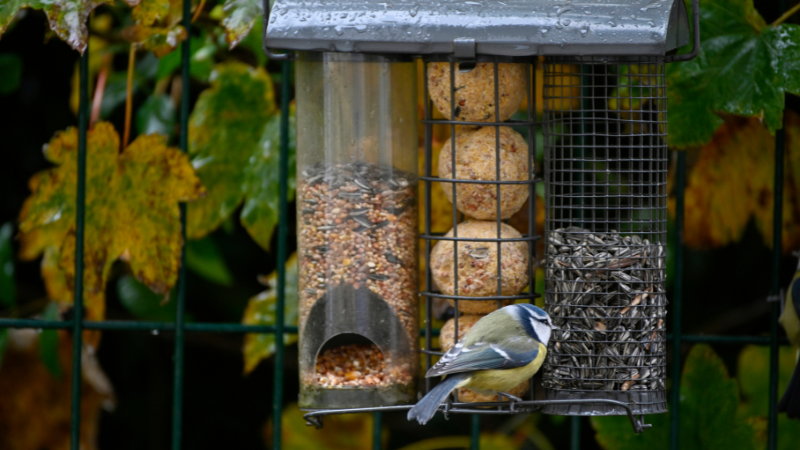
What to feed birds in autumn
During autumn, it's crucial to offer garden birds high-quality bird feed that serves as a rich source of high-energy (high-fat) sustenance. Fat plays a vital role in helping birds maintain warmth in colder temperatures. Providing them with top-notch bird food ensures they receive the essential nutrients for their overall well-being. Below are our recommended bird food choices for nourishing your feathered friends this autumn.
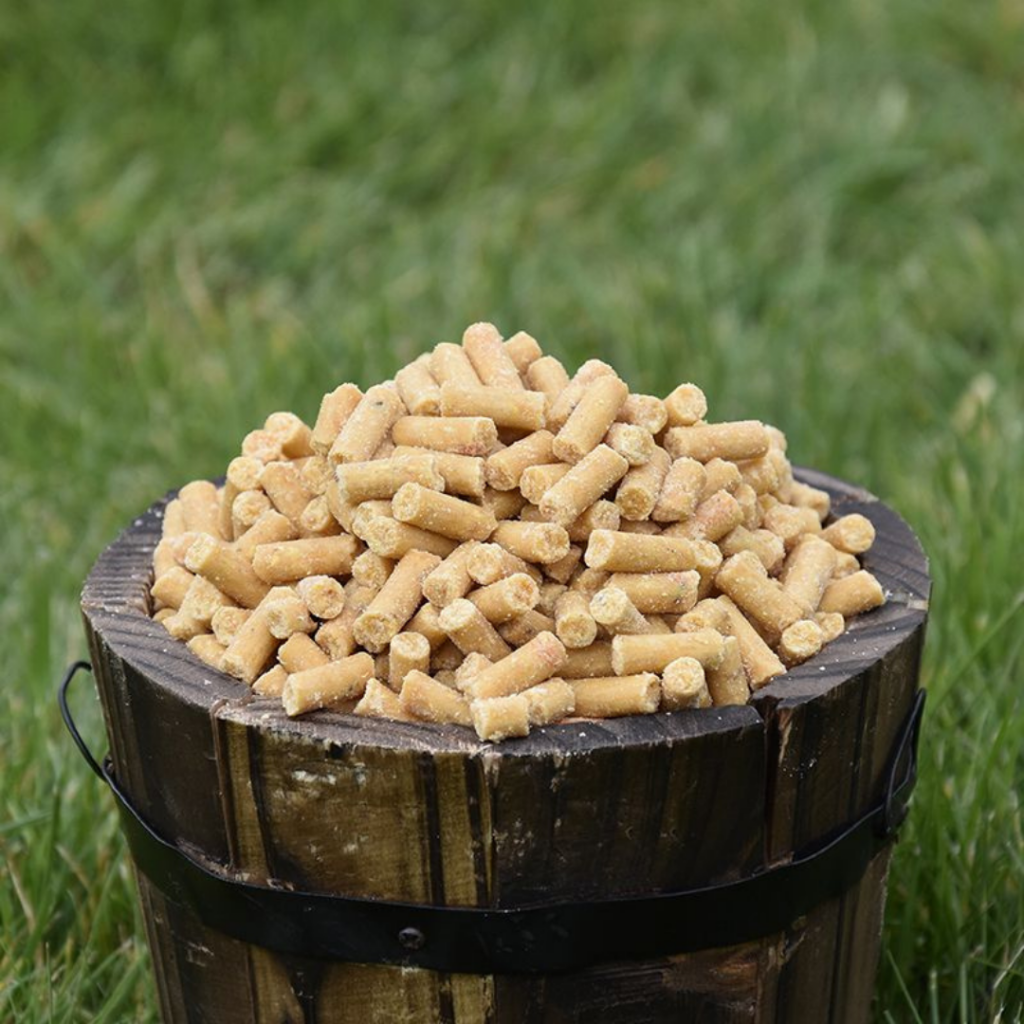
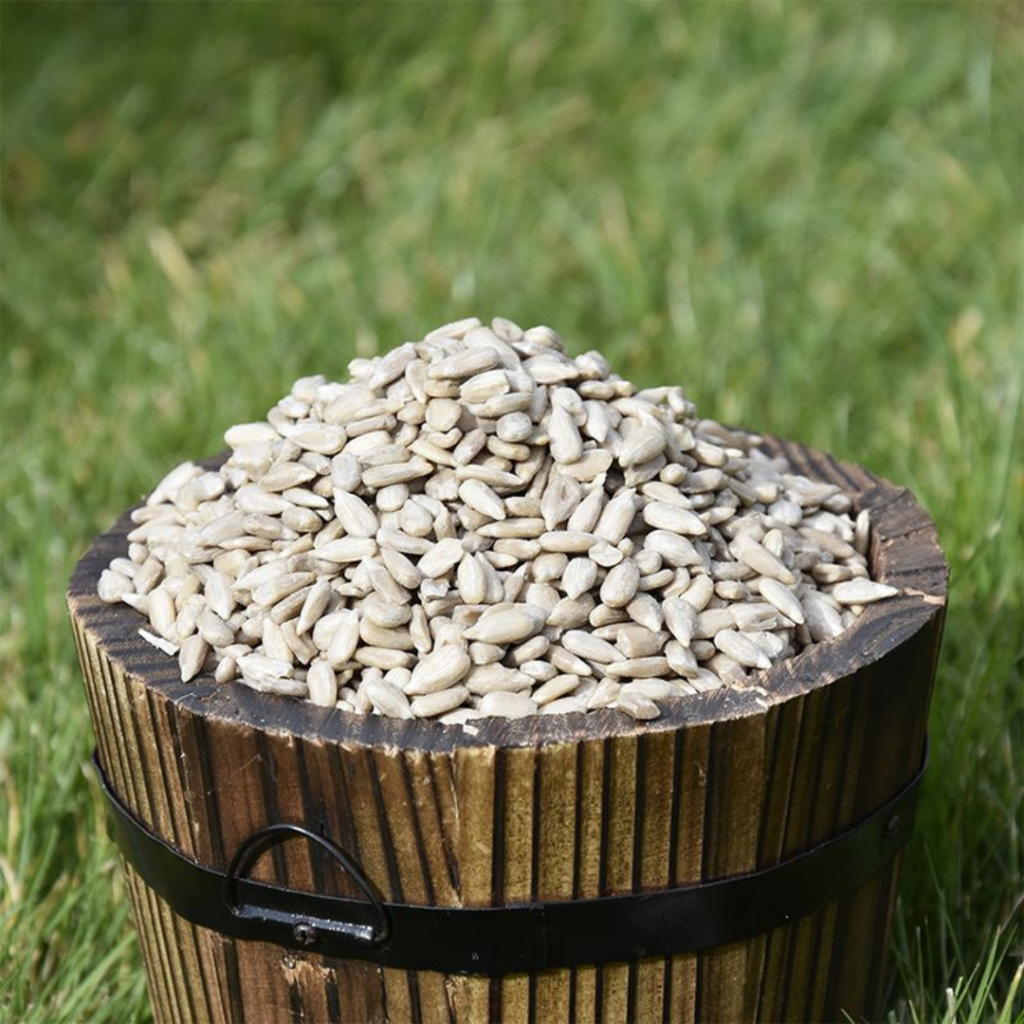
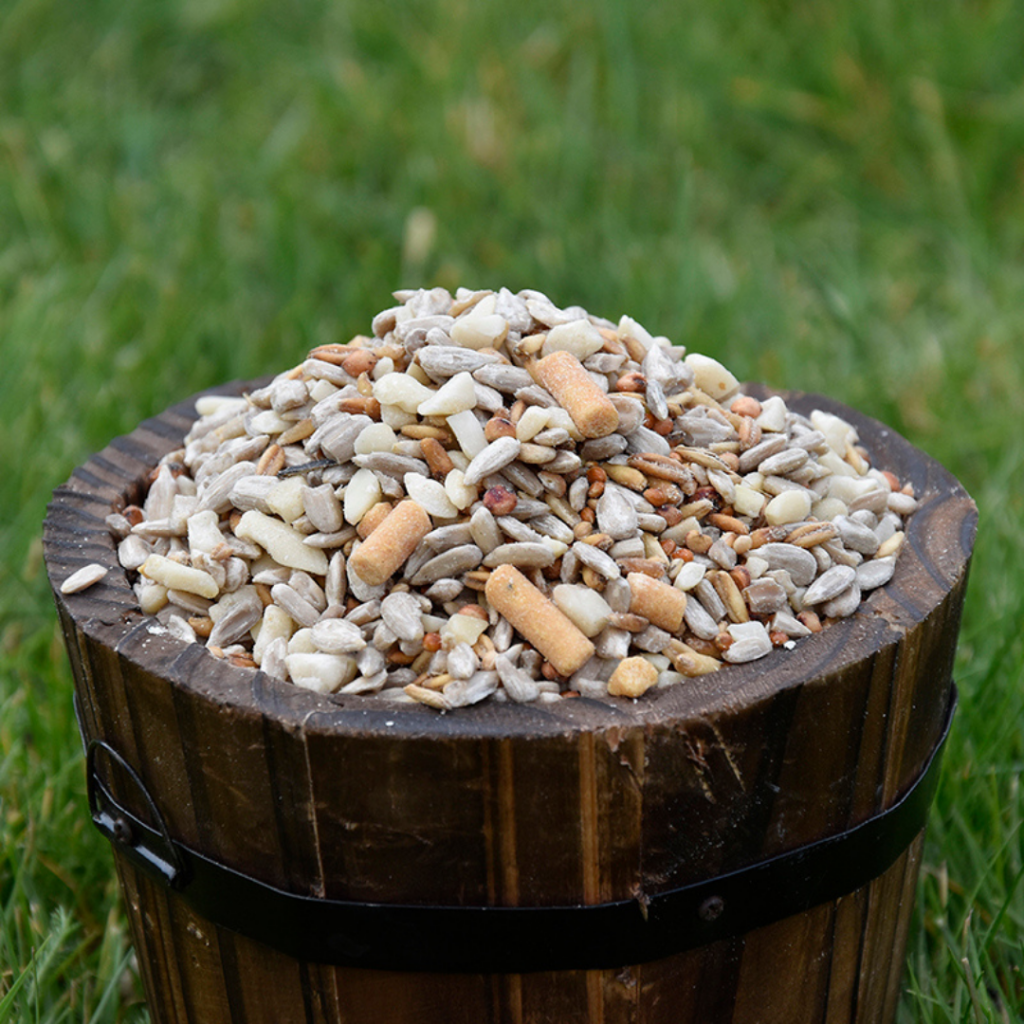
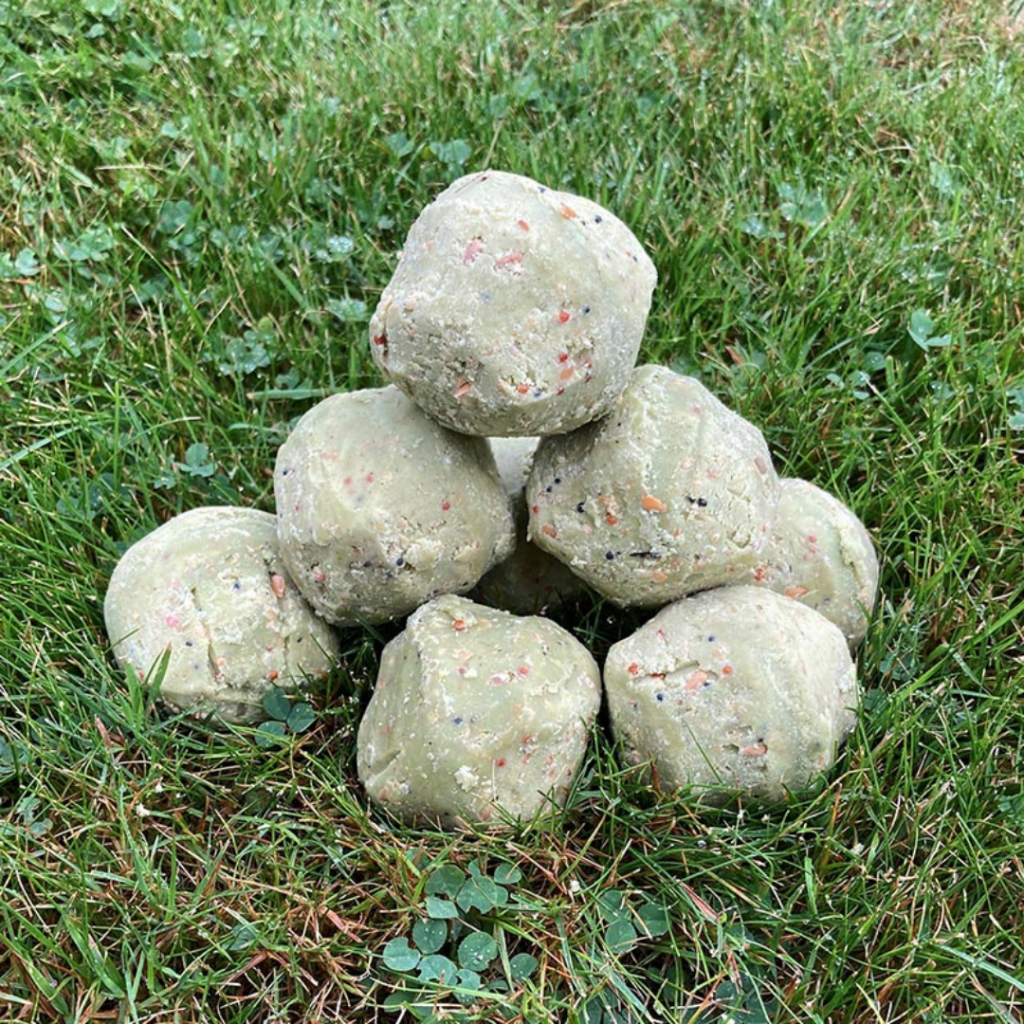
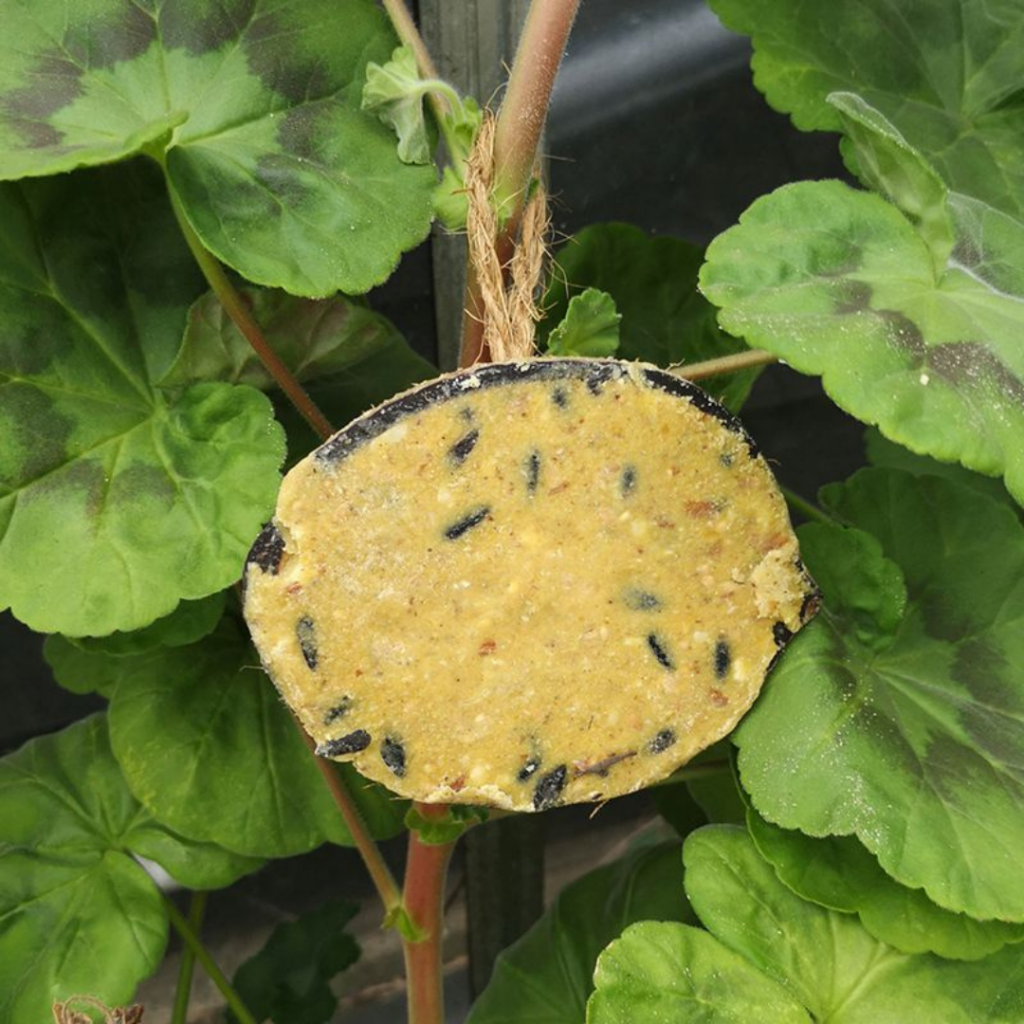
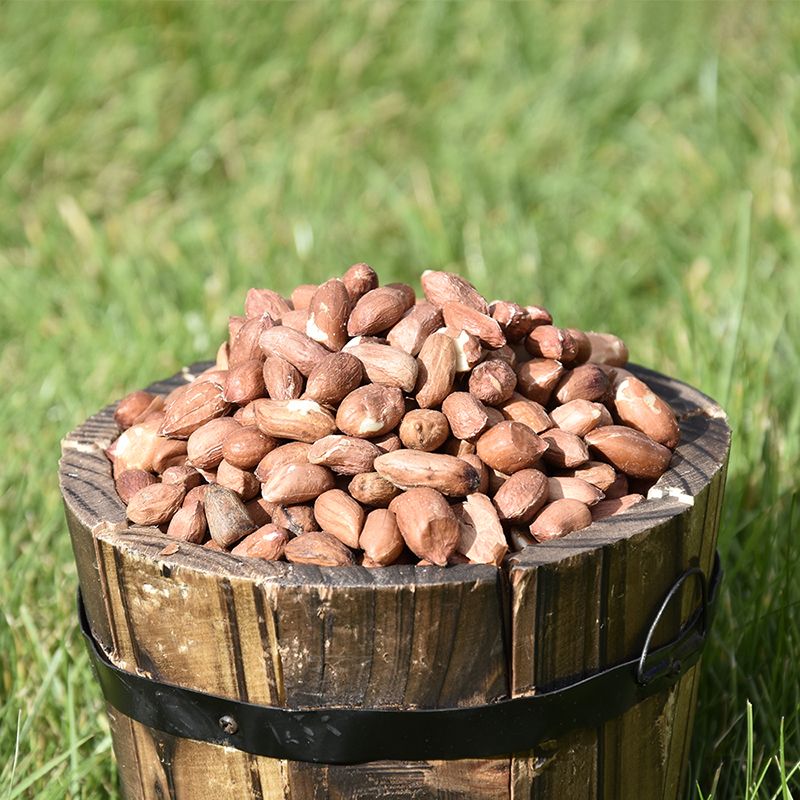
How to feed garden birds
While you might believe that food is the primary factor to ponder when providing for wild birds, it's crucial to recognise that bird feeders hold equal significance. If you're discovering that your desired bird species aren't showing up, or you're not attracting any birds at all, it might be down to the feeders not being customised to suit your garden birds' requirements. Below are some great choices of bird feeder types that need to be in every garden.
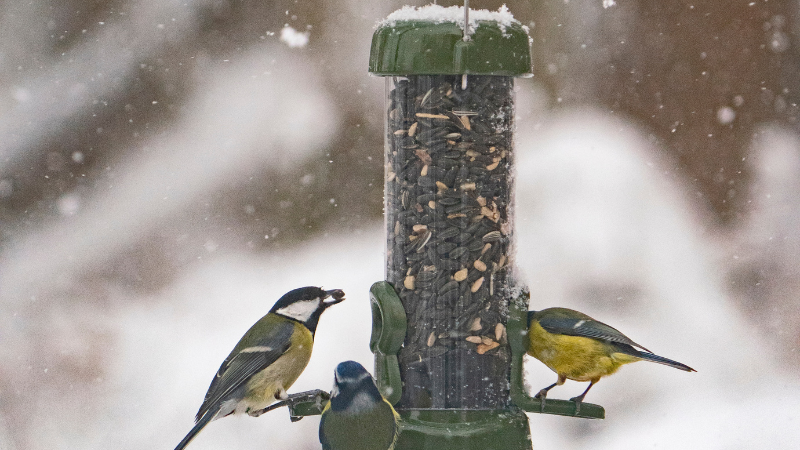
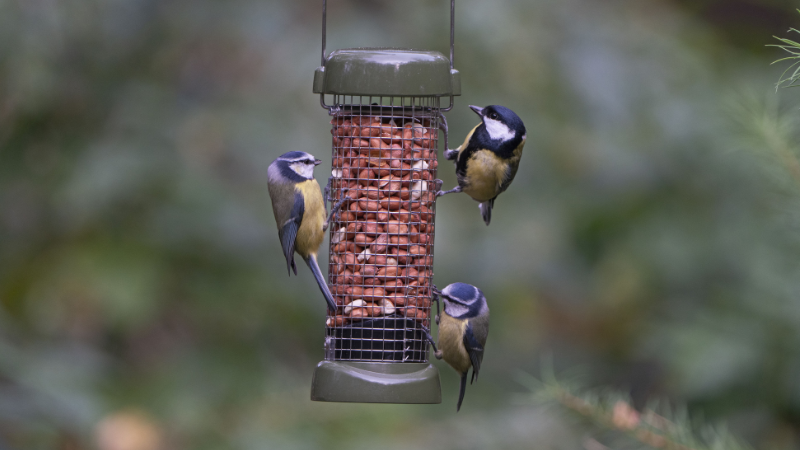
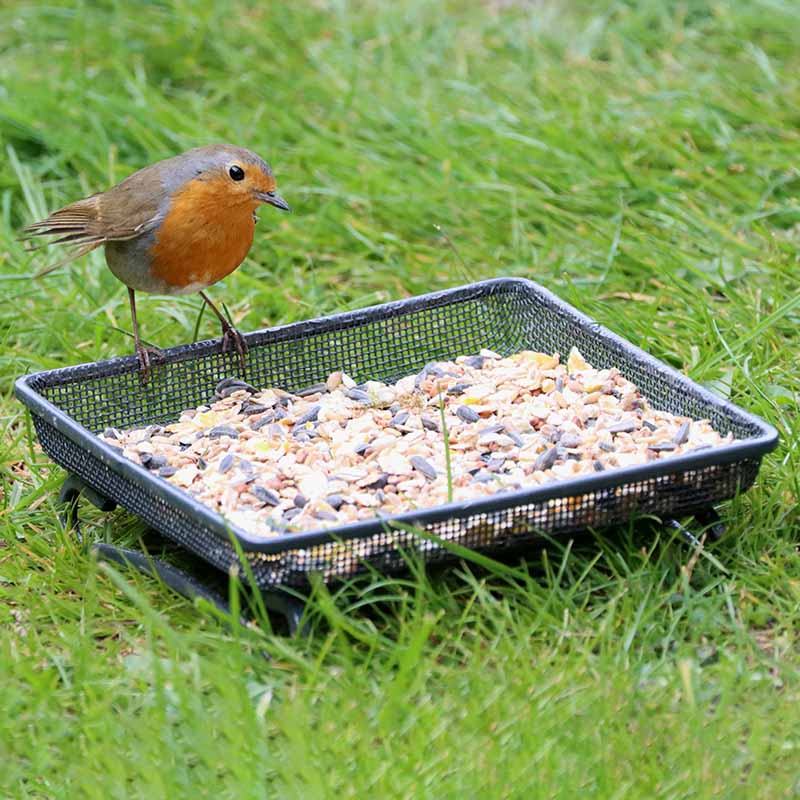
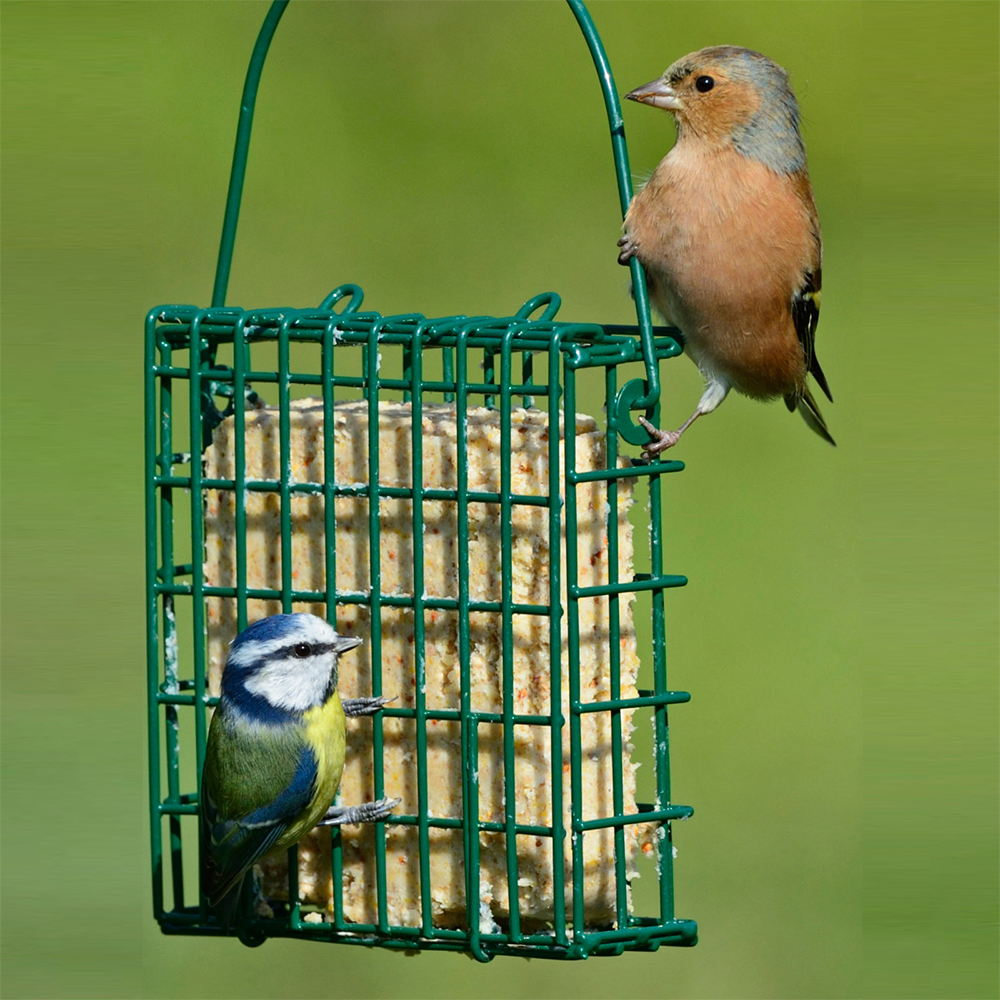
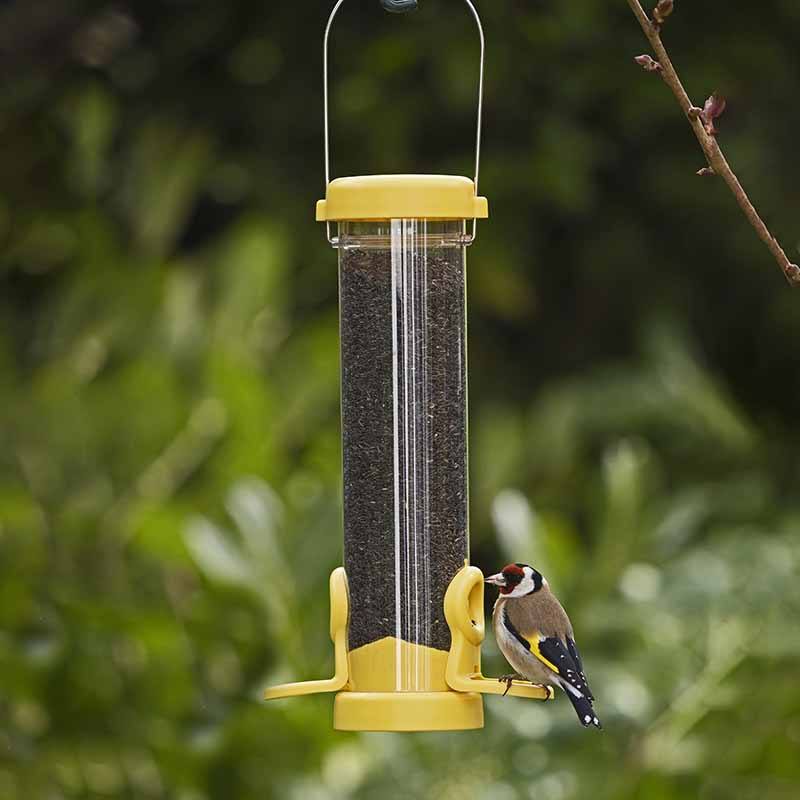
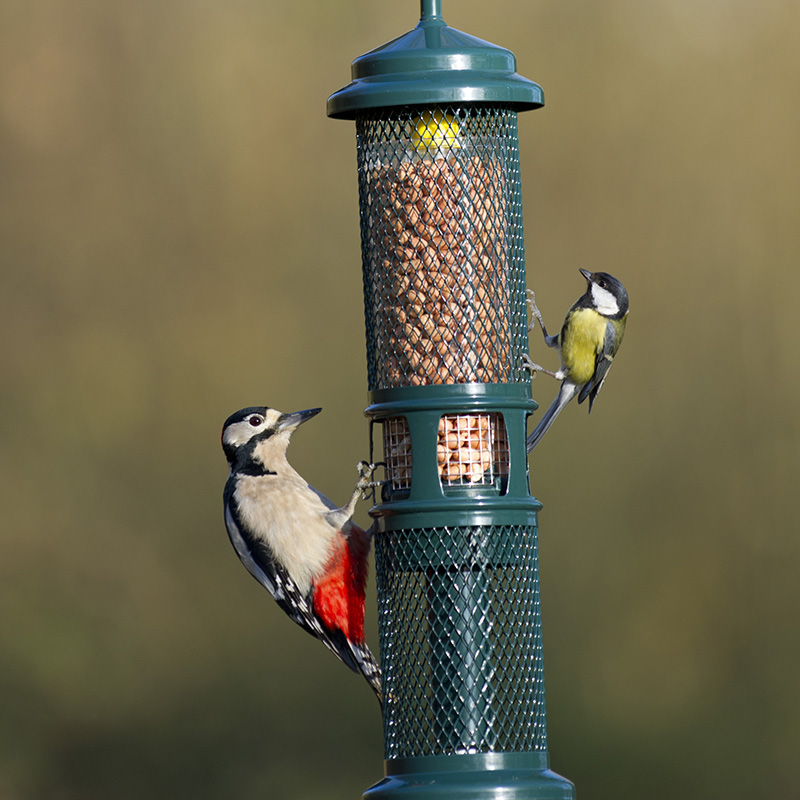
Nest boxes and roosting pockets
Another important aspect of caring for birds in autumn involves providing them with a secure refuge when the weather turns chilly. While many believe that garden birds only make use of nest boxes during the spring and summer nesting season, they are also eager to find dry shelter throughout the autumn and winter months. The period from the end of September to the middle of October is an ideal time to remove any previously used nest boxes and thoroughly clean them. You can go a step further by placing nesting material near the box, sparing the birds the effort of seeking it out themselves. Roosting pockets also prove effective in offering birds a safe haven while they rest, especially during their most vulnerable moments.
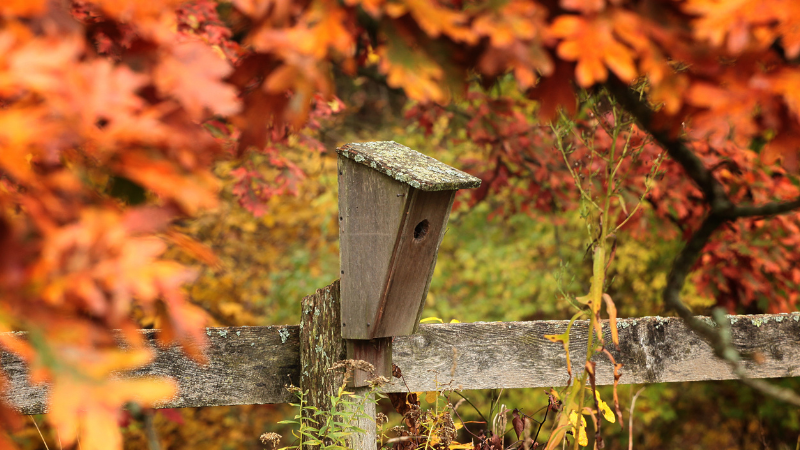
Care for birds in autumn with Gardening!
Engaging in a bit of gardening is another excellent way to show care for birds in autumn. This season presents an ideal opportunity to plant a diverse selection of flora that can later offer wild birds a continuous supply of natural nourishment and shelter throughout the year. By incorporating a variety of berry-producing plants in your outdoor area, you'll be able to draw in new avian species like Waxwings and Bullfinches, who have a preference for natural food sources. Including hedging plants in your outdoor space's layout is also highly beneficial, as they can furnish garden birds with both refuge and roosting spots, safeguarding them from the elements and potential predators. Here are a few plant choices that are particularly bird-friendly.
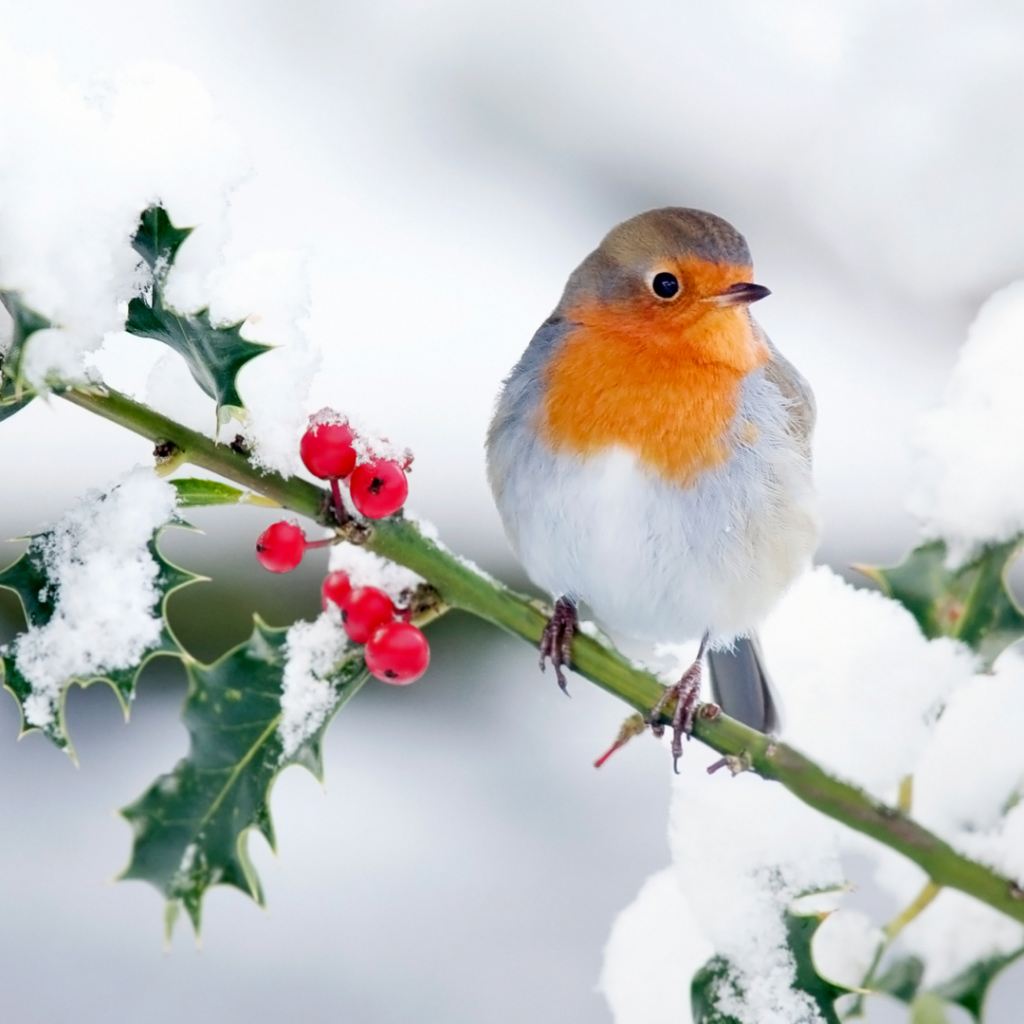
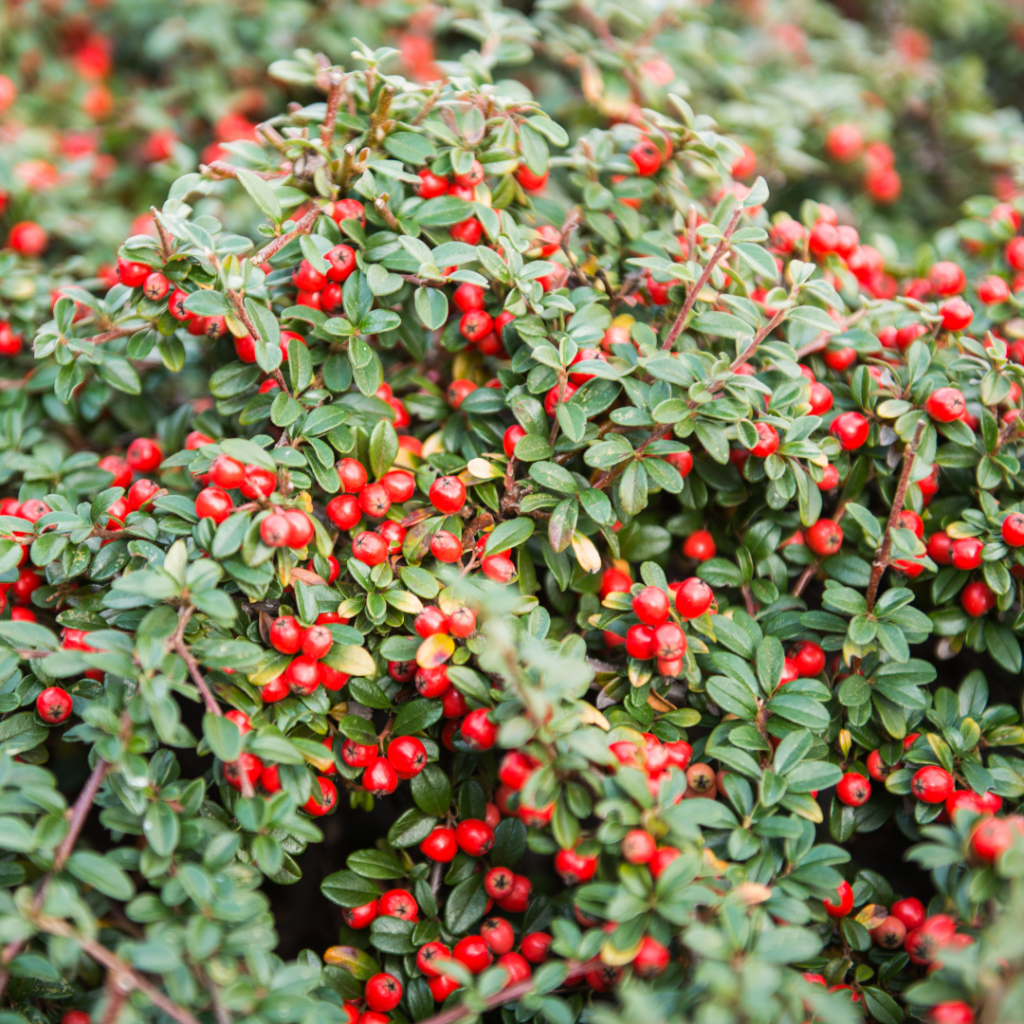
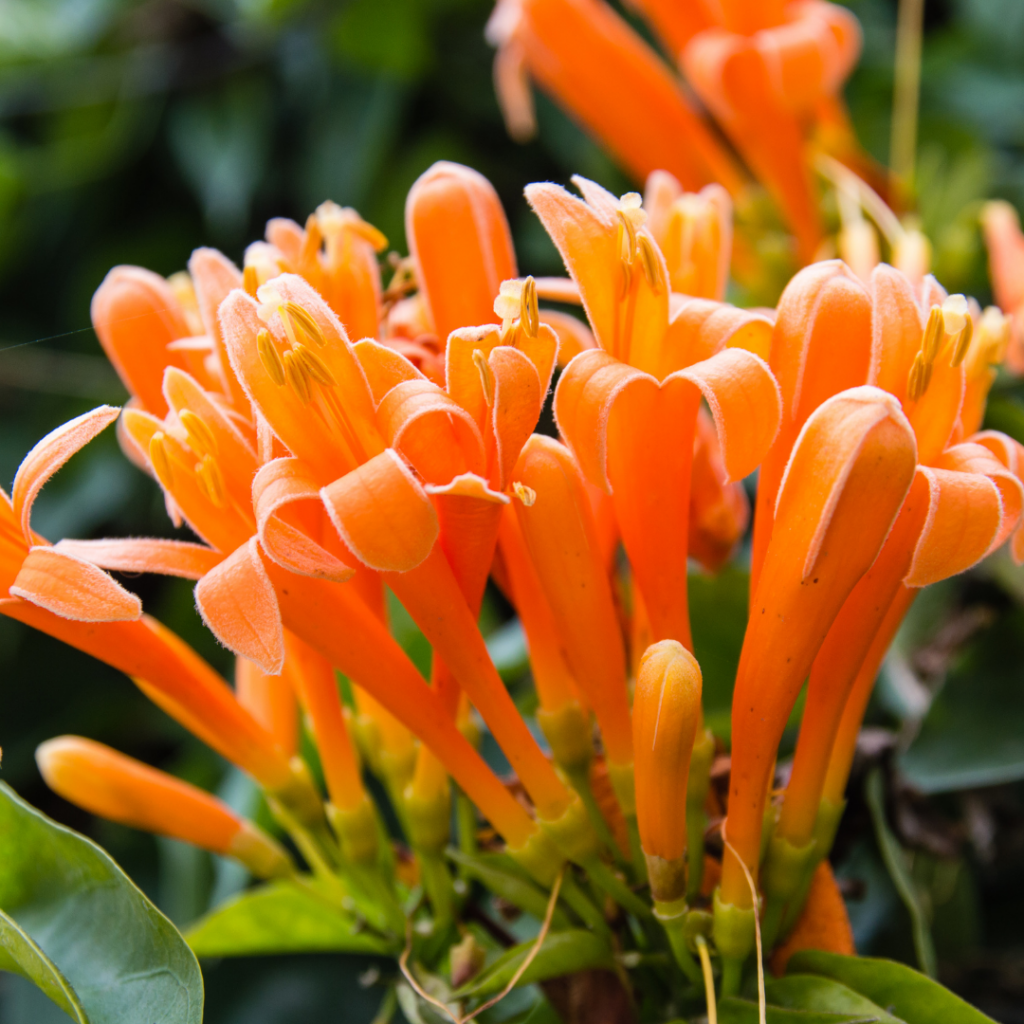
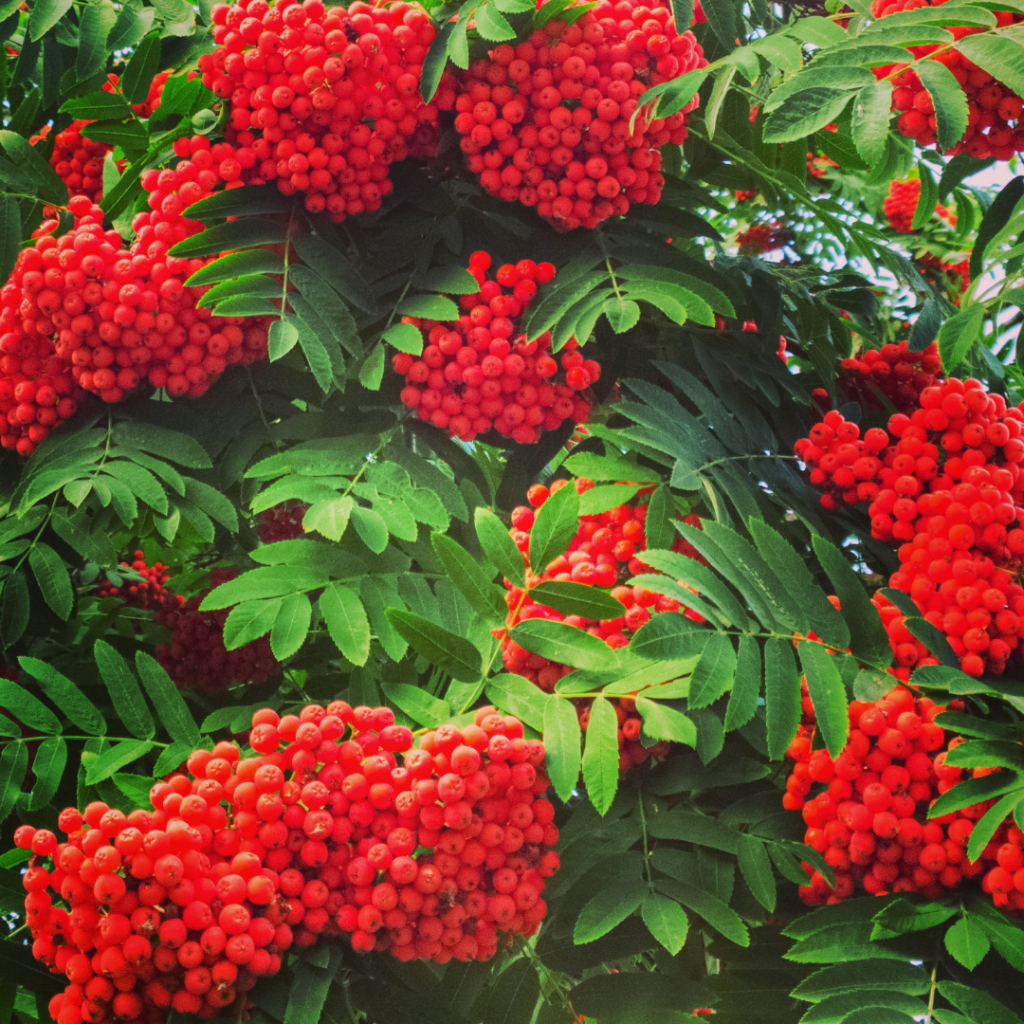
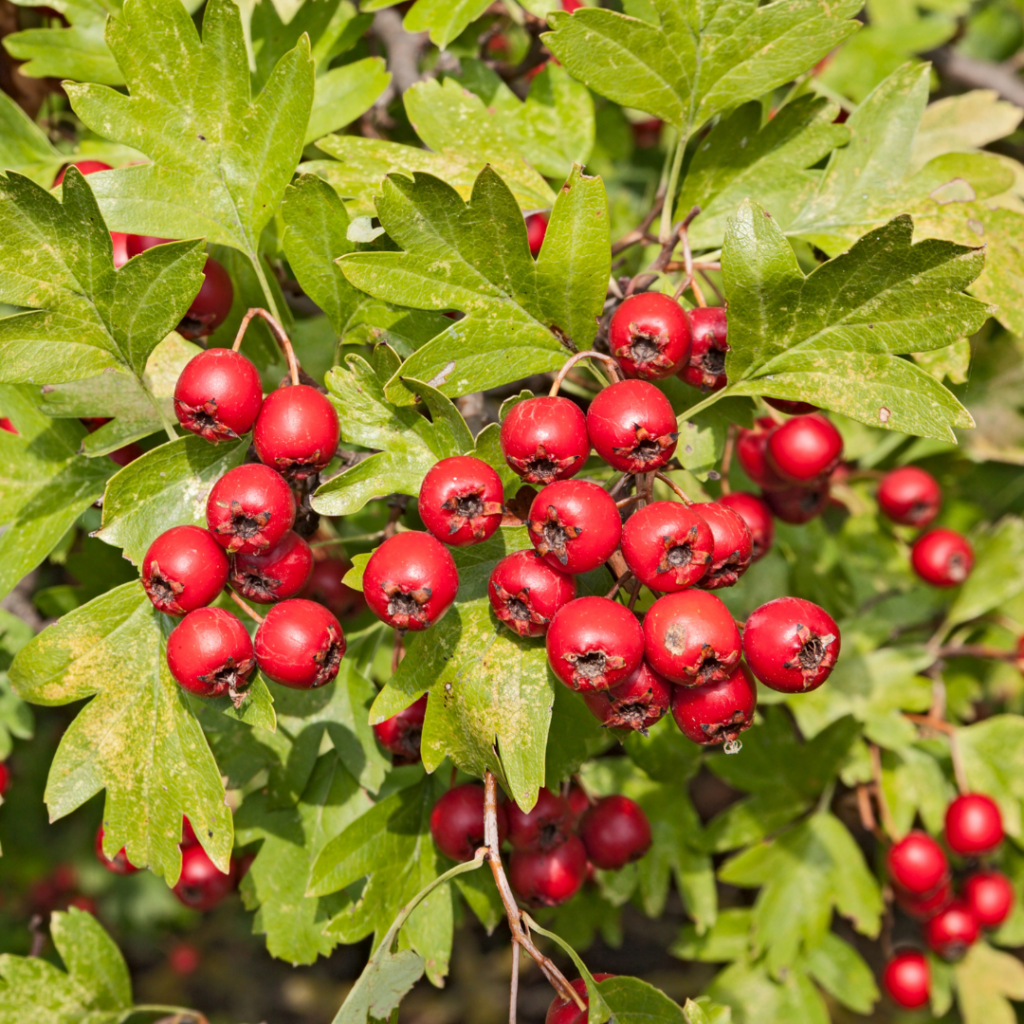
Do birds disappear in autumn?
There may be periods when your garden goes quiet and lacks birding activity. As autumn is a time for migration, wild birds may have already left our shores for warmer locations, and our winter visitors are yet to arrive. On top of this, some birds are still going through the final stages of moulting. Losing their feathers can cause some problems with a bird's ability to fly, which could explain why your hanging feeders are seeing fewer visitors. They are also more prone to attack as they lose their feathers, so they will stay hidden to keep out of danger.
Which birds migrate to the UK in autumn
Autumn is the season of comings and goings as our birds begin their migration journeys. Birds that have made their home here during the summer months are now embarking on their lengthy journey to seek warmer climates and evade the cold. Meanwhile, those avian friends who spent their summer further north will soon be arriving to enjoy our comparatively milder winters. Here's a glimpse of some exquisite winter visitors you can anticipate in your garden.
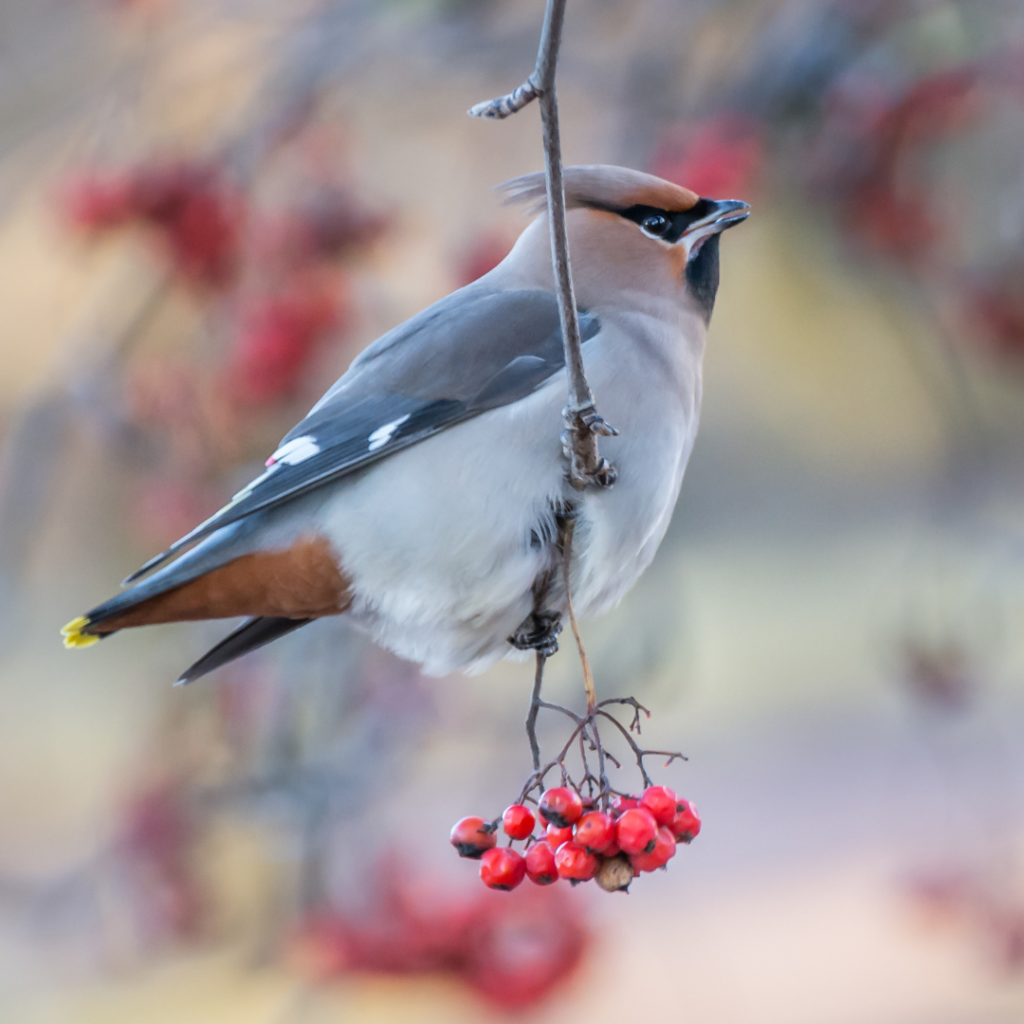
Waxwing
Waxwings can be seen from October to March
What do Waxwings eat? Berries, particularly rowan and hawthorn
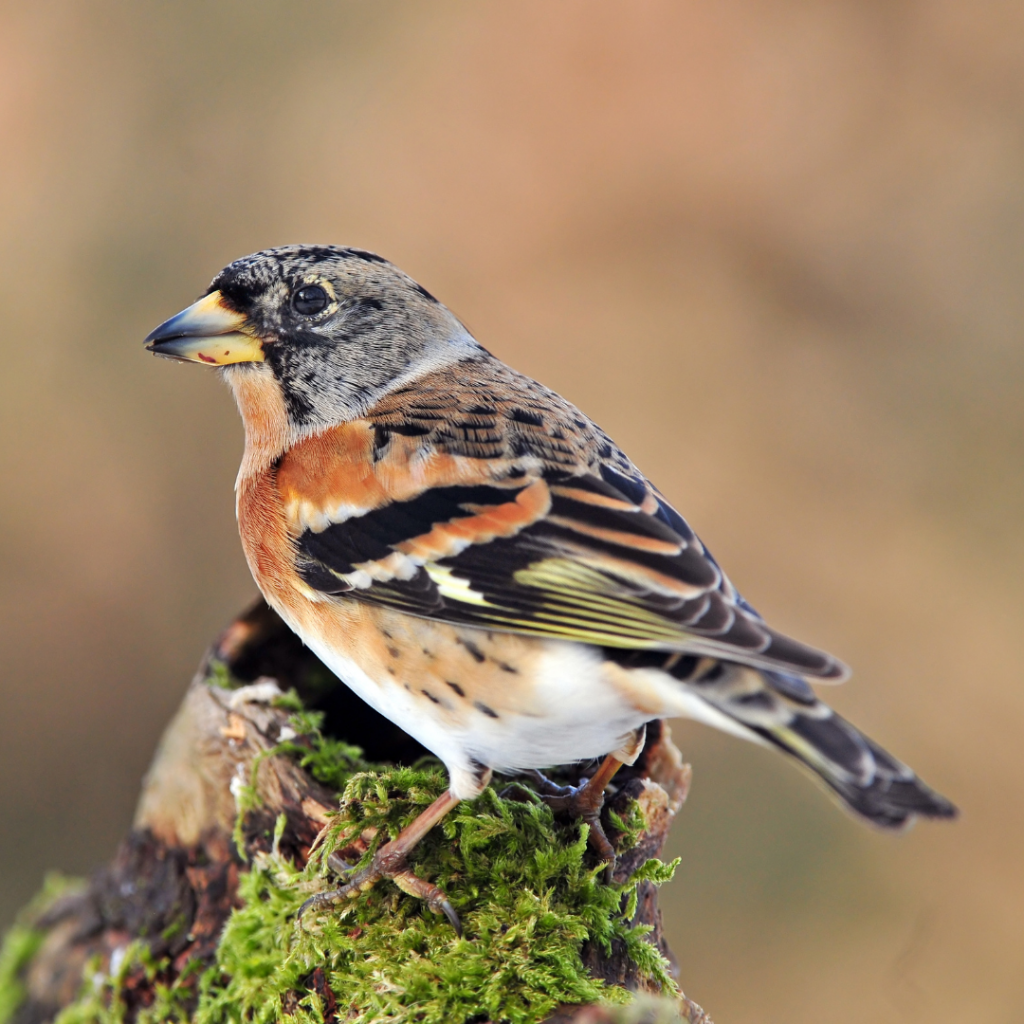
Brambling
Redwings can be seen from September to April
What do Bramblings eat? Dried mealworms, sunflower hearts, suet pellets
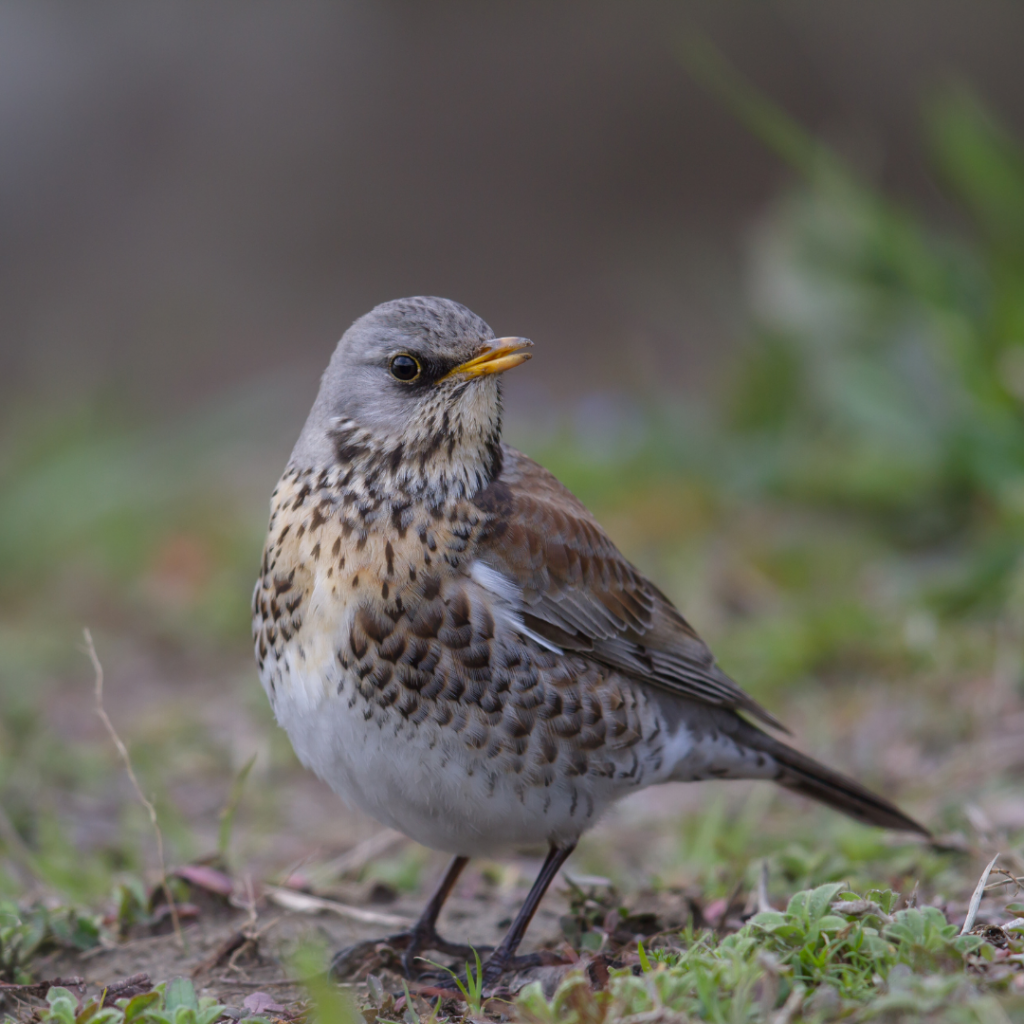
Fieldfare
Waxwings can be seen from October to April
What do Fieldfares eat? Dried mealworms, sunflower hearts, seed feeder mix
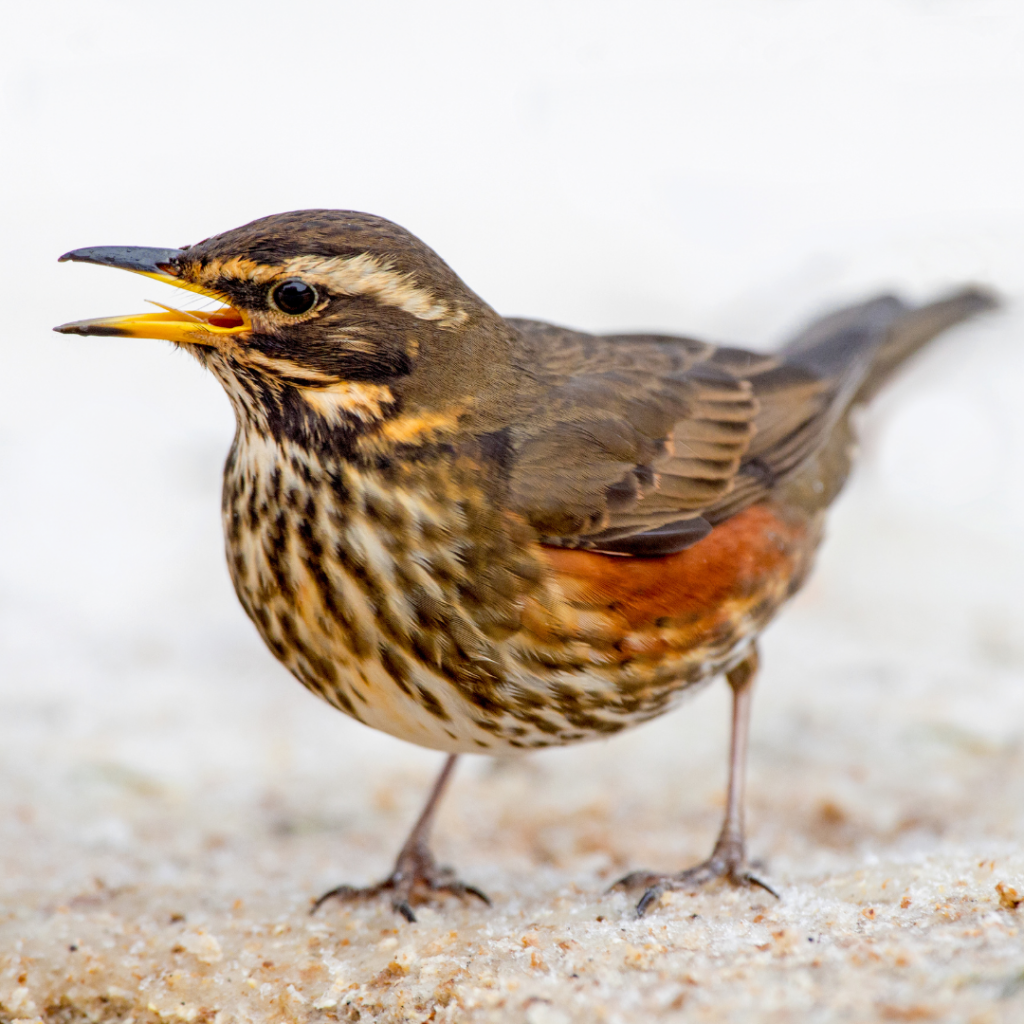
Redwing
Redwings can be seen from September to March
What do Redwings eat? Berries, dried mealworms, dried calci worms
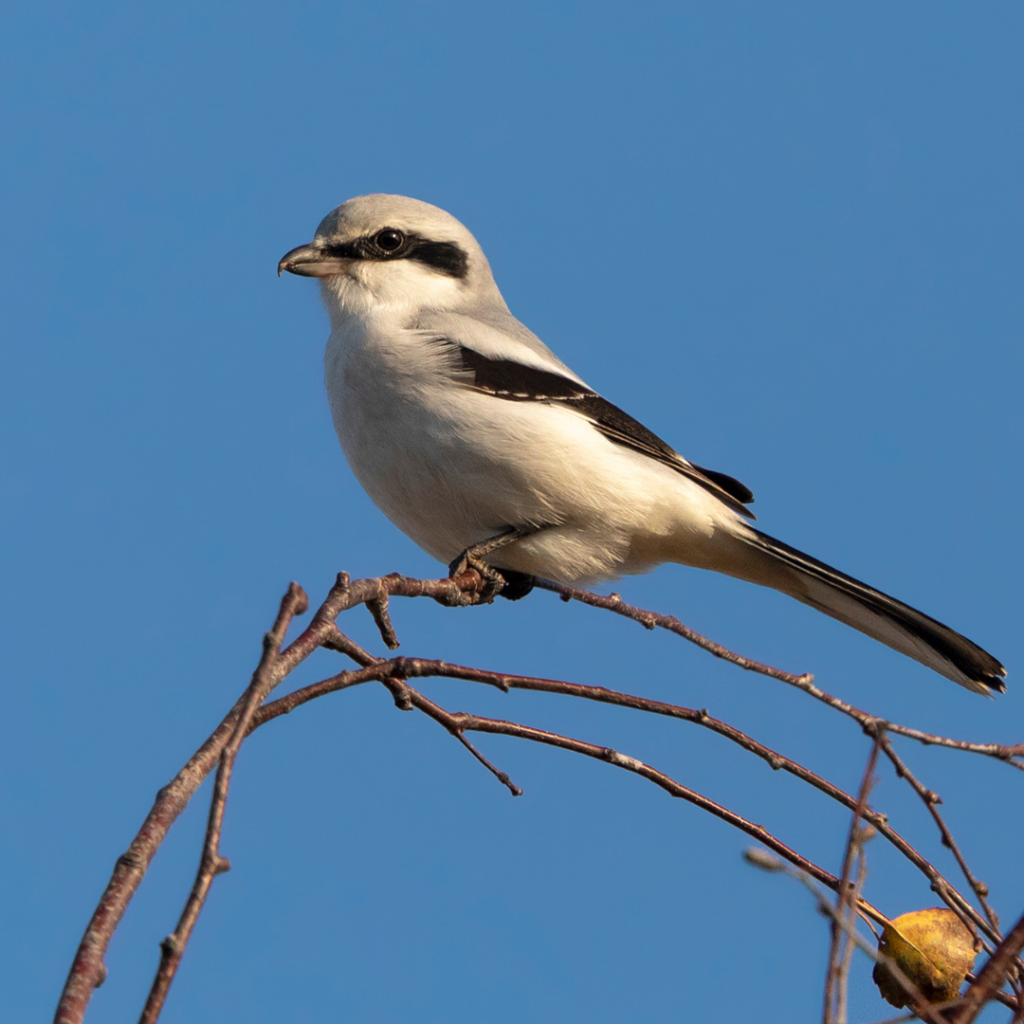
Great Grey Shrike
Redwings can be seen from September to April
What do Redwings eat? Live mealworms, live waxworms, small mammals
Keep birds hydrated
After a summer of scorching heat waves, you've likely established a routine of offering your feathered visitors a consistent supply of fresh water. We encourage you to continue this practice and extend your care for birds into the autumn and winter seasons. Even as the weather turns cold and damp, birds will continue to require a dependable source of water for drinking and bathing, crucial for maintaining their plumage. Make it clear to your local avian residents that your garden is the go-to spot for a refreshing drink by incorporating a bird bath into your outdoor space.
